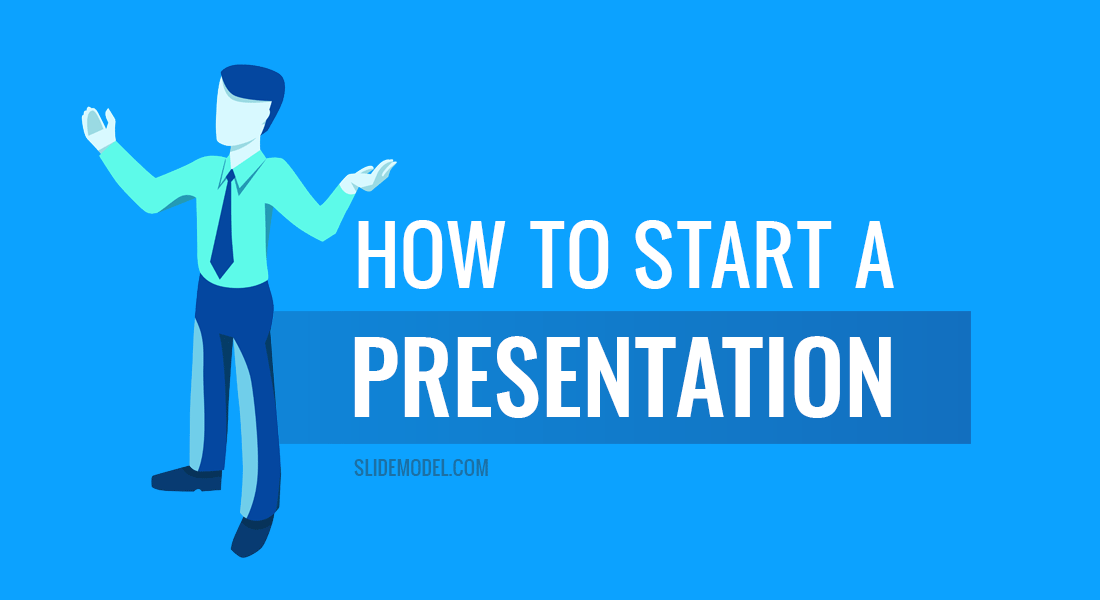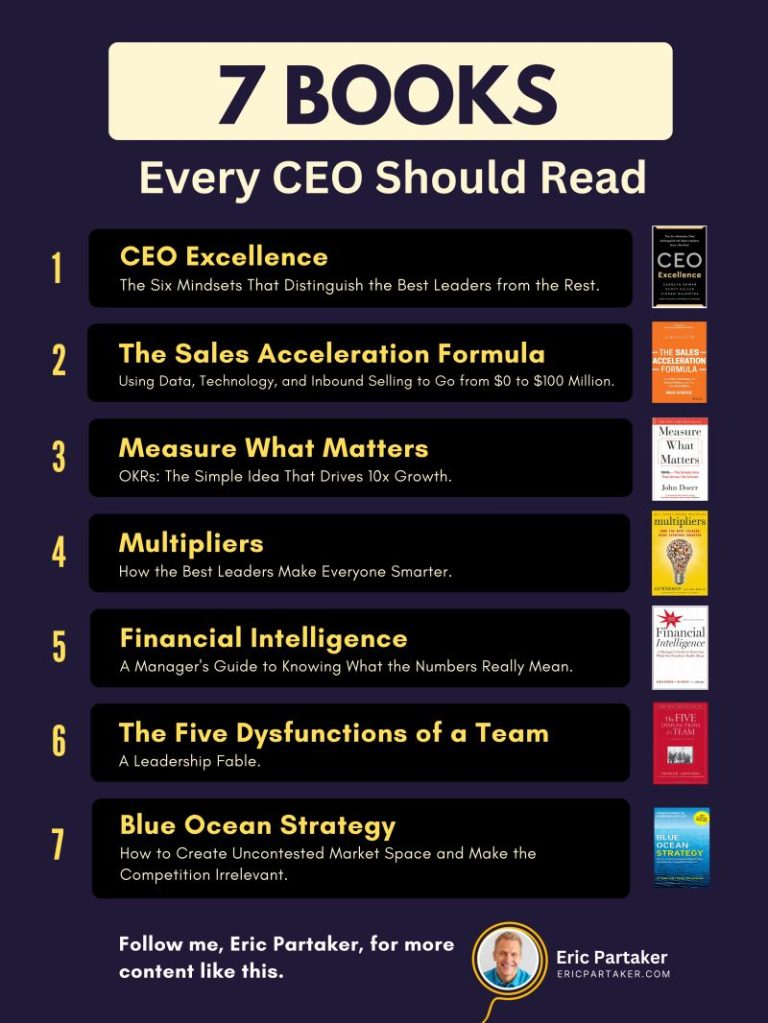How To Begin A Presentation?
Are you tired of starting your presentations with a dull and predictable opening? Do you want to captivate your audience from the very beginning and leave a lasting impression? Look no further! In this article, we will explore the art of beginning a presentation in English, and discover effective techniques to ensure your audience is engaged right from the start.
Starting a presentation can often be a daunting task, as the first few moments can determine whether your audience will stay attentive or tune out. However, with the right approach, you can grab their attention and set the tone for a successful presentation. From powerful storytelling to thought-provoking questions, we will delve into various strategies that will help you command the room and leave your listeners eager to hear more. So, if you’re ready to transform your presentation openings into captivating experiences, read on and learn the secrets to beginning a presentation with impact!
- Start with a strong opening that captures the audience’s attention.
- Introduce yourself and provide a brief background about your topic.
- Outline the main points you will cover in your presentation.
- Use visual aids like slides or props to enhance your message.
- Engage the audience by asking questions or encouraging participation.
- Summarize your key points and conclude with a memorable closing statement.

How to Begin a Presentation
Starting a presentation can be a nerve-wracking experience, but with proper preparation and a professional approach, you can make a strong impression right from the beginning. In this article, we will guide you through the step-by-step process of how to begin a presentation effectively.
Step 1: Understand Your Audience
Before you start your presentation, it is crucial to have a clear understanding of your audience. Research their background, interests, and knowledge level to tailor your content and delivery accordingly. This will help you connect with your audience on a deeper level and make your presentation more relevant and engaging.
Additionally, consider the demographics of your audience, such as age, profession, and cultural background. This knowledge will enable you to choose the appropriate tone, language, and examples to ensure effective communication.
Step 2: Plan Your Opening
The opening of your presentation sets the tone for the rest of your talk, so it is essential to plan it carefully. There are several effective techniques you can use to grab your audience’s attention right from the start:
One approach is to begin with a compelling story or anecdote related to your topic. This narrative should be relatable and capture the audience’s interest. By starting with a story, you create an emotional connection and generate curiosity, making your audience eager to hear more.
Another effective opening strategy is to begin with a thought-provoking question or a surprising statistic. This approach stimulates the audience’s curiosity and encourages active participation. It also establishes your credibility and expertise on the subject matter.
Step 3: Introduce Yourself and State the Purpose
After capturing your audience’s attention, it’s time to introduce yourself and clearly state the purpose of your presentation. Keep your introduction concise and relevant, focusing on your expertise and credibility in the subject matter. This will establish your authority and make the audience more receptive to your message.
Next, clearly articulate the purpose of your presentation. State what you aim to achieve and what the audience can expect to gain from your talk. This will help set expectations and create a roadmap for your presentation, ensuring a focused and structured delivery.
Step 4: Outline Your Presentation
Before diving into the main content, provide your audience with a brief outline of your presentation. This overview will give them a sense of the structure and flow of your talk, making it easier for them to follow along and stay engaged. It also allows you to manage expectations and highlight the key points you will cover throughout the presentation.
Remember to keep the outline concise and clear. Use bullet points or numbered lists to convey the main sections or topics you will address. This visual representation will help your audience grasp the overall structure of your presentation.
Step 5: Engage the Audience
As you begin your presentation, it is crucial to actively engage your audience. There are various methods you can use to encourage participation and create a dynamic atmosphere:
Ask rhetorical questions to stimulate reflection and encourage the audience to think about the topic. Incorporate interactive elements, such as polls or surveys, to gather feedback and involve the audience in real-time. You can also encourage questions or comments throughout the presentation, fostering a sense of dialogue and interaction.
By engaging your audience from the beginning, you create a more memorable and impactful presentation experience, increasing the chances of achieving your intended objectives.
Step 6: Transition to Your Main Content
After setting the stage and engaging your audience, smoothly transition into the main content of your presentation. Use transition phrases or statements to guide the audience’s attention and prepare them for the upcoming information.
Ensure a logical flow from your introduction to the first main point you will discuss. This transition should be seamless and coherent, allowing the audience to follow your presentation effortlessly.
Step 7: Ready to Begin!
With these steps in mind, you are now ready to begin your presentation confidently. Remember to practice your opening and familiarize yourself with the content thoroughly. By understanding your audience, planning your opening effectively, and engaging the audience from the beginning, you will establish a strong foundation for a successful presentation.
So, go ahead, take a deep breath, and captivate your audience with a powerful start!
Frequently Asked Questions
Here are some commonly asked questions about how to begin a presentation:
1. How should I grab the audience’s attention right from the start?
To captivate your audience from the beginning, consider starting with a compelling story, a shocking statistic, or a thought-provoking question. This will immediately engage their interest and make them curious to hear more. Additionally, you can use visual aids such as images or videos to create an impactful opening. Remember to rehearse and deliver your opening lines confidently to leave a lasting impression.
Moreover, it is essential to establish your credibility and expertise in the introduction. Share relevant information about your background or experience to gain the audience’s trust and demonstrate that you are qualified to speak on the topic. This will help establish a strong connection with the audience and make them more receptive to your message.
2. How can I structure the introduction of my presentation?
When structuring your presentation introduction, it is important to have a clear outline in mind. Start by providing a brief overview of what your presentation will cover, giving the audience a roadmap of what to expect. This will help them understand the context and purpose of your presentation.
Next, introduce the main topic or problem that your presentation aims to address. Clearly define the scope and significance of the topic to ensure the audience understands its relevance. You can also mention any goals or objectives you have for the presentation, giving the audience a sense of direction.
3. Should I use humor in the beginning of my presentation?
Using humor in the beginning of your presentation can be an effective way to connect with the audience and create a positive atmosphere. However, it is important to use humor strategically and consider the context and audience. Avoid offensive or controversial jokes that may alienate or offend certain individuals.
When incorporating humor, aim for light-hearted and relevant jokes that relate to your topic or the audience’s experiences. This can help break the ice and make the audience feel more comfortable. Remember to gauge the audience’s reaction and adjust your approach accordingly.
4. Can I start my presentation with a question?
Starting a presentation with a question can be an engaging technique to stimulate the audience’s curiosity and encourage active participation. It can also help you gauge the audience’s existing knowledge or opinions on the topic. However, it is important to choose a question that is thought-provoking and relevant to your presentation.
Make sure the question is clear and concise, and avoid complex or rhetorical questions that may confuse the audience. After posing the question, take a moment to allow the audience to reflect on it before proceeding with your presentation. This can create a sense of anticipation and make the audience more receptive to your message.
5. How can I establish a connection with the audience in the beginning of my presentation?
To establish a connection with the audience in the beginning of your presentation, it is important to show empathy and relate to their interests or concerns. You can achieve this by sharing a personal anecdote or by highlighting a common problem or experience that resonates with the audience.
Additionally, use inclusive language and address the audience directly by using pronouns like “we” and “us.” This will create a sense of unity and make the audience feel involved in the presentation. Finally, demonstrate enthusiasm and passion for your topic, as your energy and enthusiasm will be contagious and help build rapport with the audience.
How to start a presentation
In conclusion, starting a presentation in English is a crucial step towards capturing your audience’s attention and setting the tone for a successful delivery. By implementing these strategies, such as creating a compelling opening line, using visual aids, and engaging the audience with a thought-provoking question or anecdote, you can confidently begin your presentation and make a lasting impression.
Remember, the key to a powerful presentation is to connect with your audience from the very beginning. By understanding their needs and interests, tailoring your content to their expectations, and delivering it with enthusiasm and confidence, you can create a memorable and impactful start to your presentation. So, embrace these techniques, practice them, and watch as your presentations become more engaging, persuasive, and influential.

